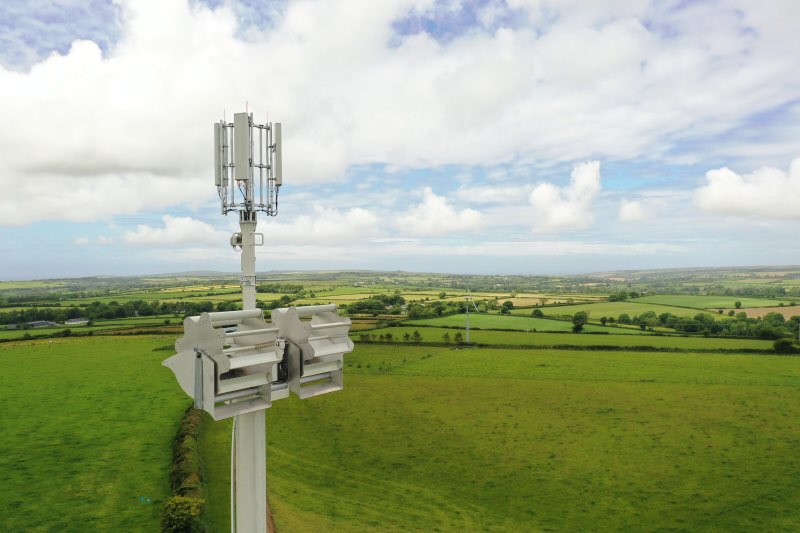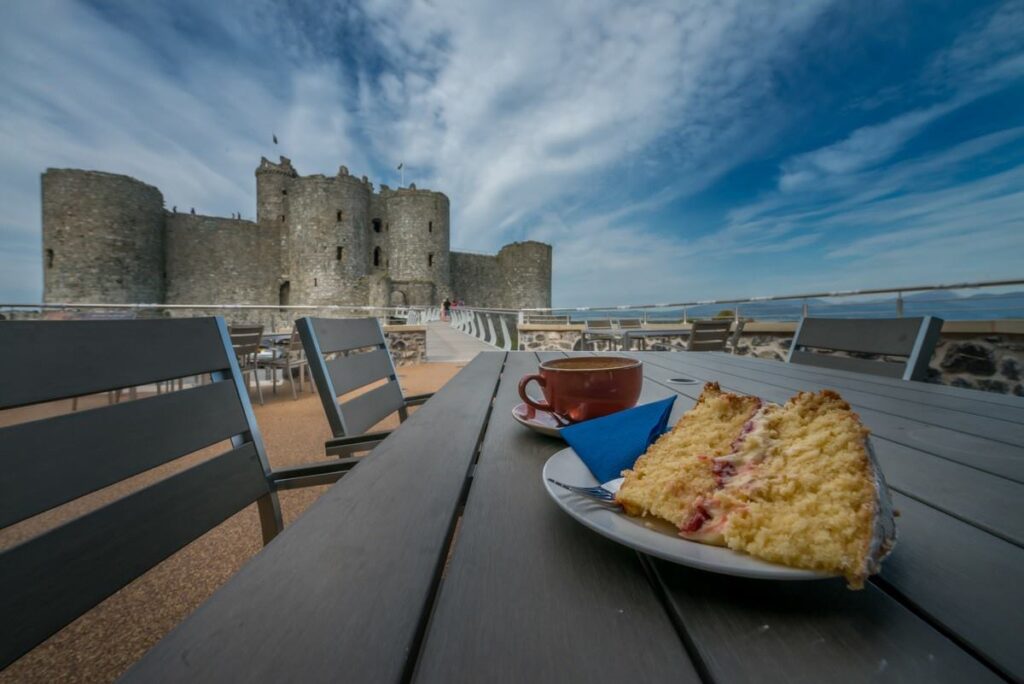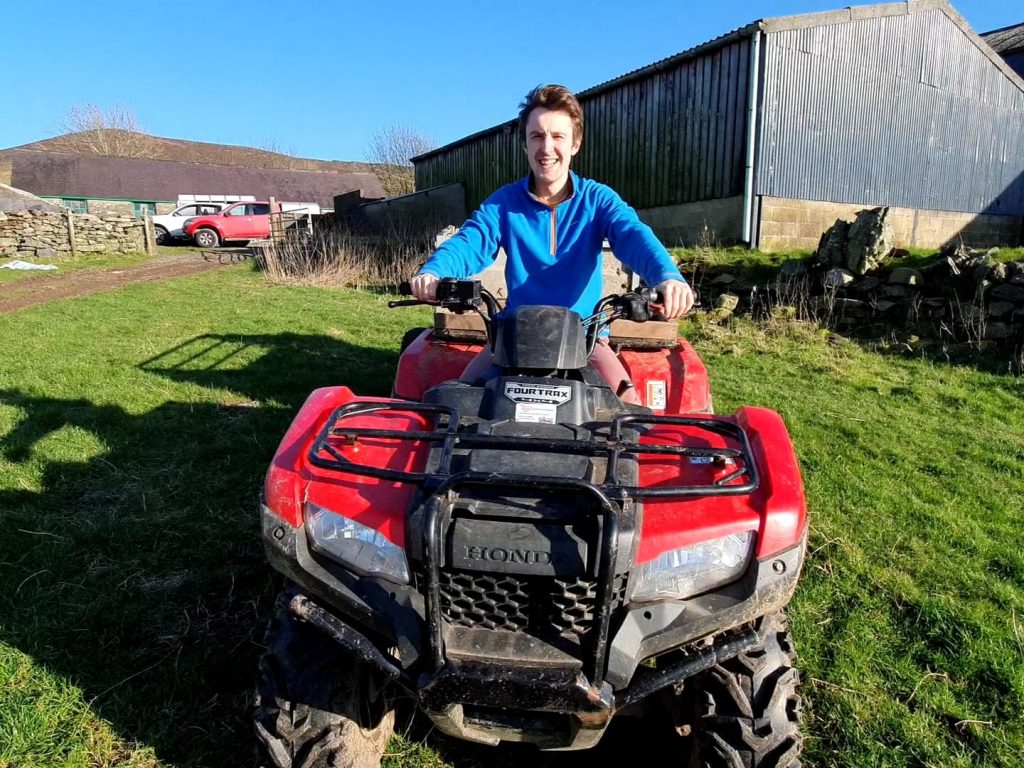Baileys and Partners made a consultation response to the proposed SPG 8: Visitor Accommodation. We felt that we had to respond on behalf of our clients…
Annwyl Syr/ Fadam
Consultation response to SPG 8: Visitor Accommodation
With the pressures to the agricultural sector as strong as they are at present it has arguably never been so critical and important for a policy within Parc Cenedlaethol Eryri (“Eryri”) to support those farming families who are needing to diversify into holiday accommodation.
Without the farm support systems currently in place (which are in the process of being phased out) a large proportion of Welsh farms would be trading in deficit. A workable planning policy to help the farming fraternity in Eryri is of extreme importance, especially at this time.
In summary we are supportive of this policy, but the technical detail of the guidance makes the policy difficult and very restrictive. To support the farms in Eryri, any planning policy or guidance must support diversification, and not be a barrier to diversification.
The list of supporting documentation in Section 8 and the processes that must be followed will discourage a significant number of farms from diversifying, and only those with significant investment and resources/ support available will consider diversifying into holiday accommodation within Eryri.
This planning policy/ guidance has been eagerly awaited, but many view the guidance to be complicated and difficult in particular when comparing what is possible in other National Parks such as the Peak District without causing detriment to Eryri.
We have provided our comments and suggestions below;
Self-serviced accommodation and conversions
We disagree with the suggestion that there is an over provision of self-catering holiday accommodation within Eryri. The demand for high quality self-catering accommodation outstrips the availability of such accommodation with most accommodation fully booked months in advance.
Visitors staying in self-catering do make a valuable contribution to the rural economy within Eryri both directly and indirectly in terms of employment and goods and services purchased. For example, cleaners, tradesmen and other services are all indirectly benefiting from the work created by the self-catering accommodation. Self-serviced accommodation are also available all year round creating greater economic opportunity.
Paragraph 11.2 suggests that names of occupiers would have to be kept and made available on request to the Local Planning Authority. Is this already a requirement for self-catering businesses? This may cause problems in terms of General Data Protection Regulations (GDPR) and if applied would it be for all businesses or just those which have had planning permitted since the introduction of the SPG guidance note. We would request that this requirement is reviewed and an alternative means of checking on occupancy considered.
Conversion and Change of use of Rural Buildings
Paragraph 11.3 states that conversion must be ancillary to agriculture. A converted agricultural building is very likely to generate higher income than what is possible from farming the holding. Clarification is needed on how the Park Authority would assess whether the new visitor accommodation is ancillary to the farming enterprise? Would the assessment be financial or would it be based on time input into the different enterprises? Clarification is also required whether or not this guidance prohibits a second conversion in the event that the first diversification/conversion proved successful.
Improvements to existing chalet and static caravan sites
Although TAN 13 (Tourism) states that local authorities may consider dividing large sites into smaller units to reduce overall environmental impact, we consider this to have the opposite effect and would increase the overall environmental impact. This would lead to fragmentation of sites and would also require additional services and infrastructure being installed. In the long term we can foresee these divided sites may eventually occupy a larger development footprint which may be counter intuitive to the overall objective here.
Alternative Holiday Accommodation
A clear definition of what constitutes a secondary activity to agriculture is required. Whilst the development footprint of the diversification activity may be very small in the context of land area, the diversification activity itself may generate greater income than what otherwise could be achieved by farming alone. We presume that the SPG means secondary in terms of the scale of development as oppose to profit or income but this could do with clarity and the clarity we are seeking is that secondary does not mean secondary in income.
It is suggested in paragraph 17.3 that alternative holiday accommodation provides some kind of ‘back to nature experience’. The risk here of referring to a ‘back to nature experience’ is to simply narrow the market opportunity available to those eligible to offer holiday experiences only to the “back to nature” market which is extremely limiting. It is at risk of forcing a business plan to fail.
We agree that each proposal must be considered on their own merits. It is important that applicants can bring different proposals that have different ways of offering alternative holiday accommodations whilst protecting the special qualities of Eryri and as such we do not think a one size fits all is the correct approach.
In paragraph 17.12 it states that the accommodation units must be temporary in nature and capable of being dismantled and moved when not in use. Clarification is required whether the accommodation unit must be capable of being both dismantled and moved or either of those options. Not all alternative holiday accommodation units can be dismantled despite being mobile in nature and the risk on insisting that they are is to reduce their working lives such that again it forces a business plan for the same to fail. We consider that the requirement simply to be moved is sufficient for the purposes of this objective.
We do not consider that Eryri have considered the storage of the alternative holiday accommodation units during the winter months. It would be much more practical and make much more sense to have all year round accommodation and have high quality and well-designed units that are adequately screened and capable of being moved should they need to do so.
We strongly disagree with the statement in para 17.15 that only basic facilities are permitted to prevent unlawful use. We consider mains water, sewage and electricity are basic facilities and should be permitted. We do not consider that such facilities preclude them from being regarded as being “temporary structures”. This requirement significantly limits the opportunities that are needed for farmers in Eryri to make a business case for providing alternative holiday accommodation and is, in our opinion discriminatory.
There is no consistency in this approach when compared to other similar policies in other National Parks and the exclusion of such facilities will not facilitate the means by which physically less able persons would be able to choose to stay in alternative holiday accommodation which is a serious problem. This coupled up with the closure of toilet facilities within Eryri and Gwynedd as a whole closes the door on vast numbers of people who might otherwise choose to stay/experience what it is like staying in alternative holiday accommodation but cannot do so because the Policy does not support alternative holiday accommodation capable of providing the very basic of facilities needed. This type of discrimination in policy terms may be capable of being challenged.
We strongly disagree with para 17.16 where showers and/or WC if not already present on the farm must be accommodated by additional facilities. A more logical solution would be to accommodate the requirements into one unit as oppose to having multiple units. To demonstrate how unworkable this particular point is, if a farmer had one alternative accommodation unit the farm would require an additional separate unit for WC and shower. This could mean twice the amount of development on the farm which could be avoided using units with facilities built in.
The statement in para 17.16 also suggests that the additional facilities must be commensurate with the scale of the development. This favours larger sites as our interpretation of this guidance is that you may not support smaller sites where the additional facilities cannot be shown to be commensurate with the scale of development.
Treehouses
We do not consider that treehouse developments would be better suited to mature commercial conifer plantations. Most coniferous trees are not native to the UK, the plantations are normally dark, damp and uninviting. This policy would not promote and enhance the natural beauty of the National Park. We agree that some woodlands require a high level of protection but it is arguable that with the right design and management that even designated sites could accommodate visitor accommodation, and indeed provide a source of income which would allow beneficial management of the wider site at a time when there is little or no support offered to farmers to maintain traditional woodlands in the interests of all.
General comments
We would encourage this guidance and other policies/guidance to allow both applicants and Eryri officers to encourage development which supports the local economy with innovative glamping solutions whilst also facilitating the means by which this can be used to protect and enhance the special qualities of Eryri.
We referred at the outset to guidance and policy in comparison to other National Parks. The Peak District is nearly half the size of Eryri (in area terms) yet there are nearly twice the number of visitors each year and they are spending on average spending 37% more per annum. The Peak District also has a significantly greater number of conservation areas than Eryri. As such we might expect in planning terms for planning policy in the Peak District to be more restrictive/ protective than the policies in Eryri, however based on the drafting of the SPG this does not appear to be the case.
Whilst the local policies in the Peak District did not support lodges, chalets or caravans in the National Park, their core policy says
“The National Park Authority understands that site operators may wish to improve quality to remain competitive. Upgraded toilet and shower facilities, tree planting or hard standings will generally be acceptable. Proposals for a shop, recreation or other facilities must only provide for the needs of the site itself, without putting other community facilities at risk, or becoming an attraction in its own right…”
The Local Policies of both National Parks are not dissimilar but the difference is that the Core Strategy of Peak District National Park allows exceptions to be made and appears to give officers the means by which discretion can be applied.
Crucially, the Core Strategy for Peak District National Park recognises the need for farm incomes to be supported and the needs for pod operators (i.e. farmers) to improve quality in order to remain competitive.
We would impress on Eryri to adopt a similar approach.
Diolch yn fawr.
Yr eiddoch yn gywir
Edmund Bailey
www.baileysandpartners.co.uk







